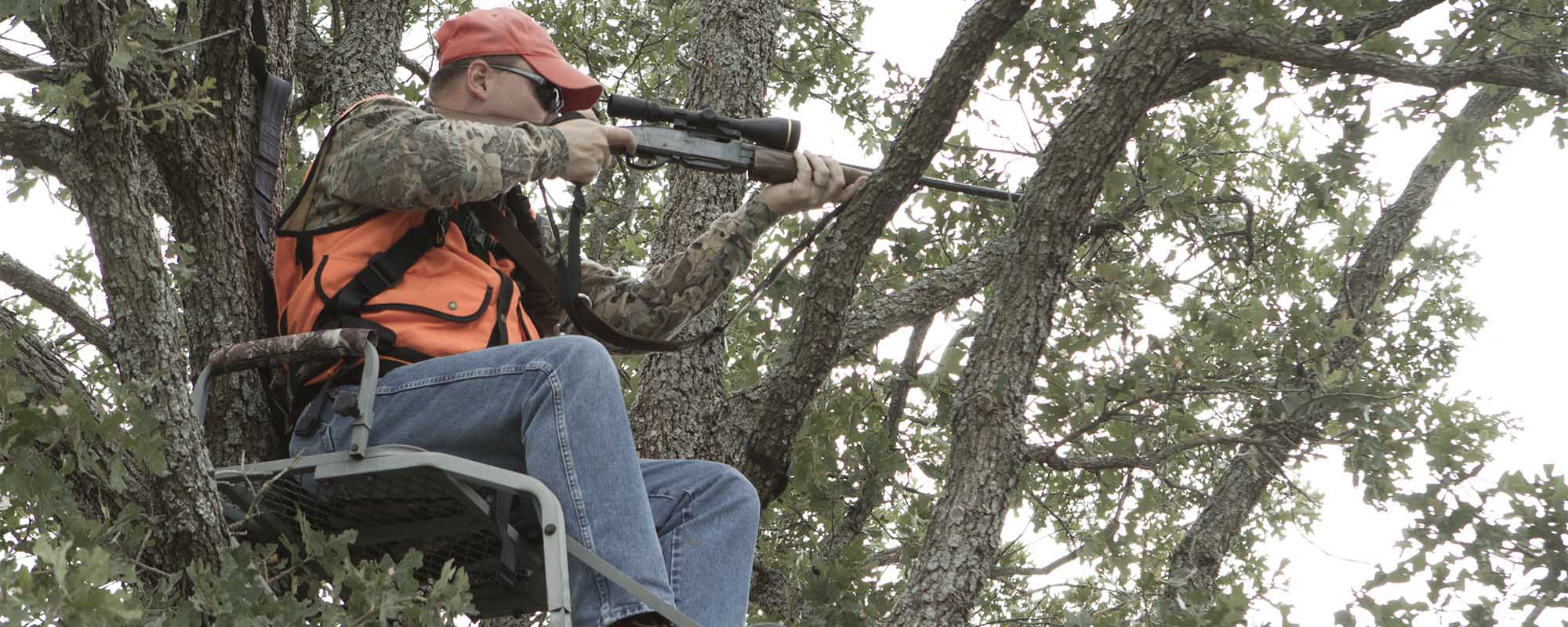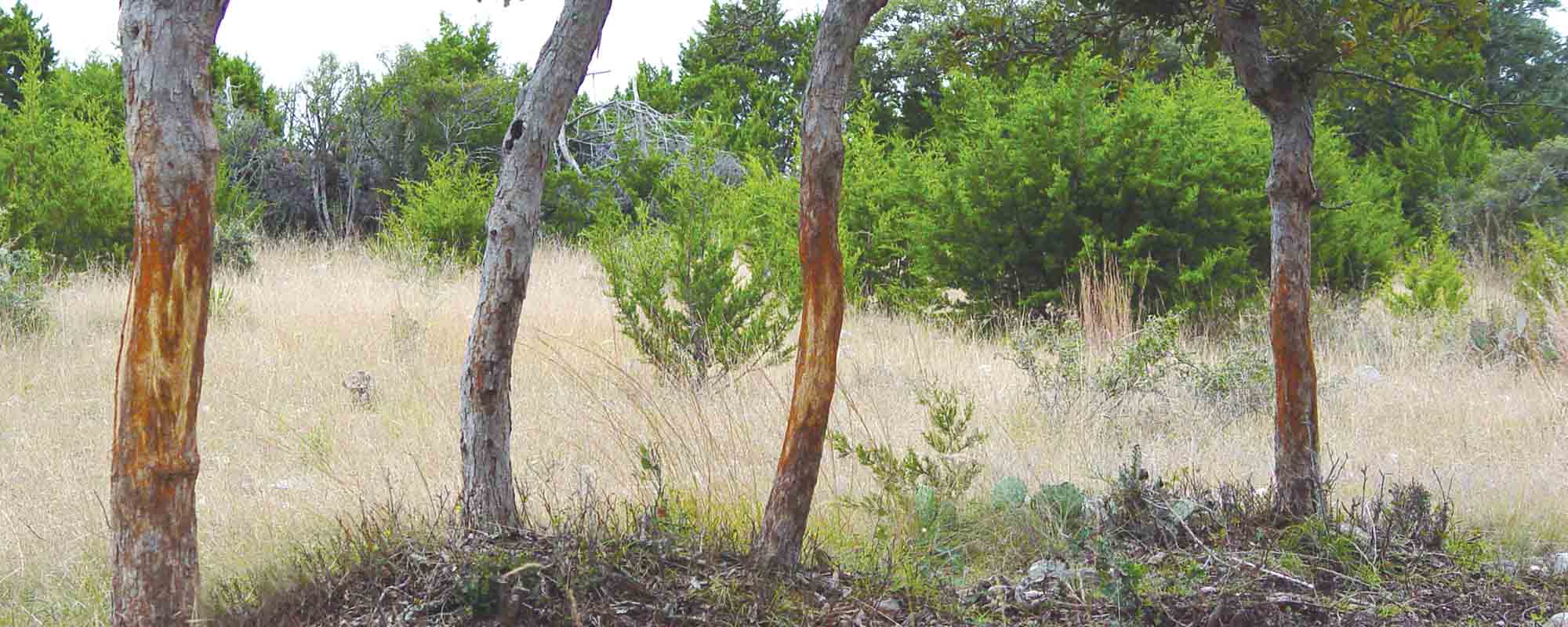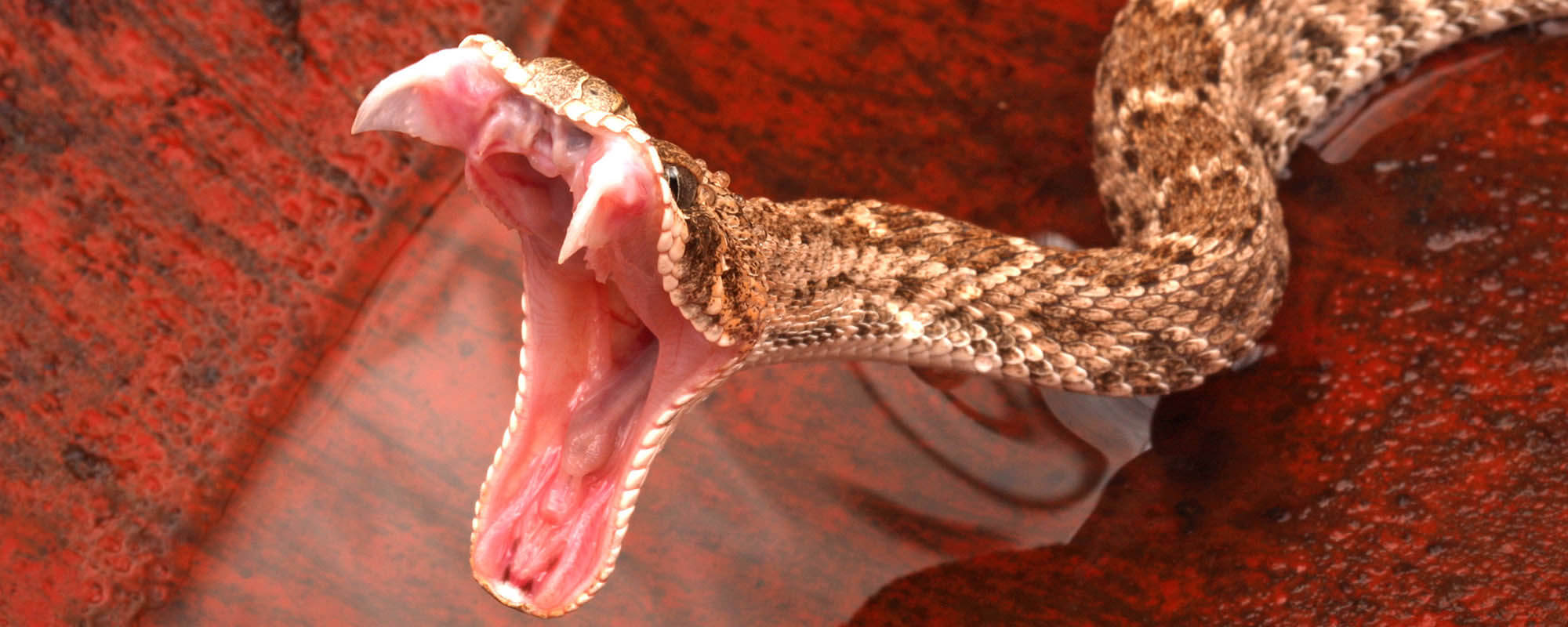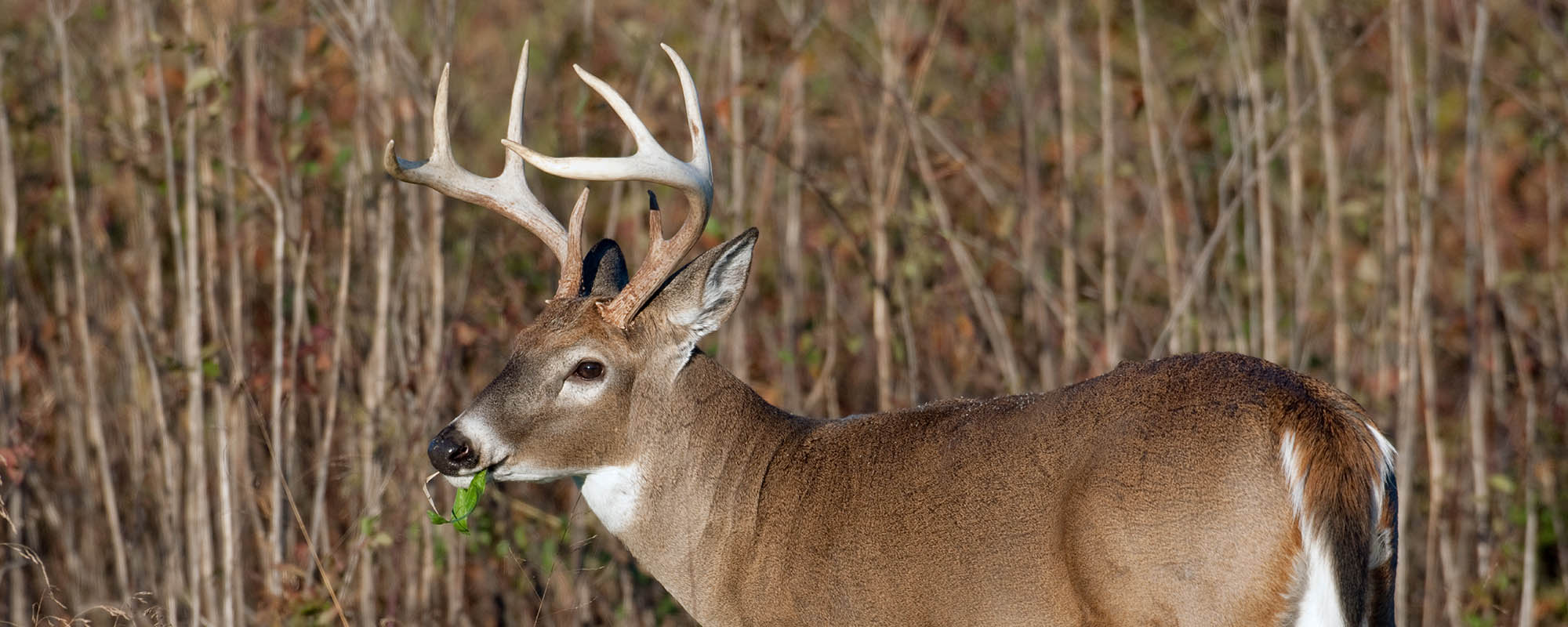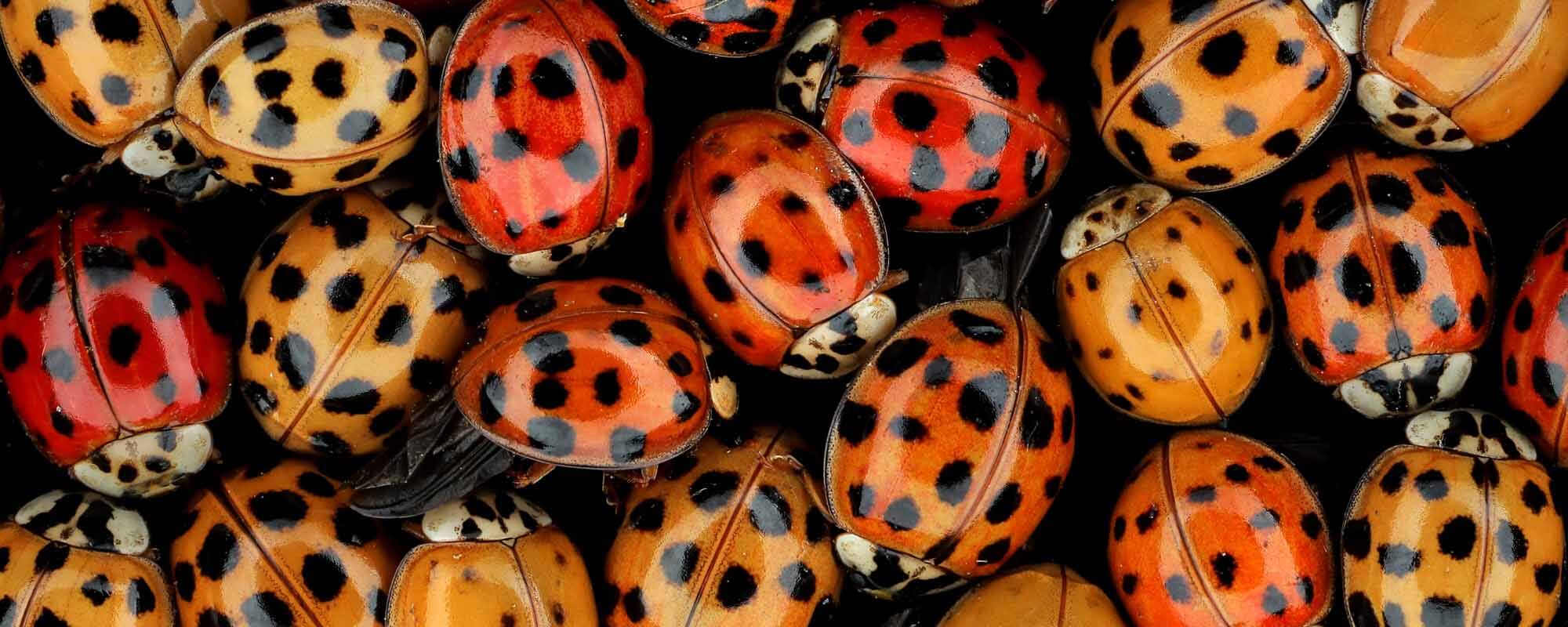Hunting Season Begins With a Review of Safety
With hunting season here, this is a good time to review a few hunter safety tips to ensure everyone remains safe while preparing for the next hunting trip and when hunting. Unfortunately, people are injured every year in hunting-related activities. Accidental firearm discharge, falling from tree stands and a shooter misidentifying the target are the main causes of fatalities and injuries. As a certified hunter education instructor, I stress the following tips to students in hunting courses, regardless of age or experience.
